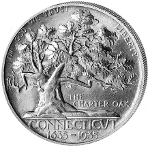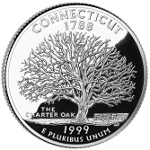The Story of the Charter Oak
The charter set out a system of governance that included a governor, a deputy governor, and 12 assistants; most importantly, members of the Company of the English Colony of Connecticut elected those officials to one-year terms. In addition, the General Assembly, which had two members from each town, had judicial and legislative powers. The charter also included descriptions of the colony's boundaries. The next king on the English throne, James II, had other plans for the Connecticut colony. His representatives tried to take away the charter, literally. New England Gov. Sir Edmund Andros appeared in Hartford on Oct. 26, 1687, and demanded that the colonists hand over the charter. At a meeting later that night, at Butler's Tavern, the charter disappeared, in the midst of a sudden darkness. 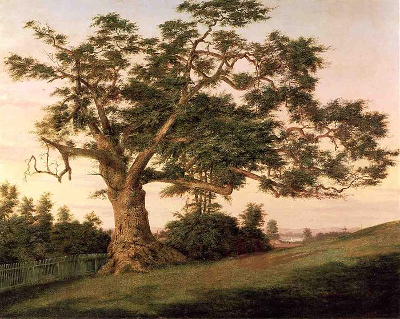
Captain Joseph Wadsworth had possession of the Charter document after that, and he wanted to make sure that the English officials didn't get it. The officials were sure to search houses and businesses and such, so Wadsworth hid the charter inside a majestic 500-year-old white oak tree on the Wyllys estate. Stephen Wyllys was one of Hartford's first landowners; while clearing land for his home and farm, he met with local Native Americans who urged him not to cut down the tree. He agreed. The Glorious Revolution ousted James II from the English throne in 1688, and Andros was removed as royal governor in the colonies. The Connecticut Charter again saw the light of day. In fact, state officials used it as part of governance until 1818. 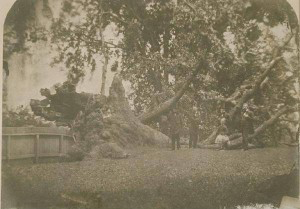
That tree came to be known as the Charter Oak and stood for Connecticut independence for another 150 years, until a storm toppled it on Aug. 21, 1856. A monument dedicated to the tree was erected in 1905, near where the tree used to be, at the corner of Charter Oak Avenue and Charter Oak Place, in downtown Hartford. Part of the wood from the tree was used to craft the governor's desk; the Charter Oak Chair, ceremonial seat of the president of the State Senate; and a frame that houses the Royal Charter, which hangs in the Museum of Connecticut History. The Charter Oak also appeared in 1935 (the 300th anniversary of the founding of the colony) on a 3-cent U.S. postage stamp, and on the observe of a commemorative half-dollar coin. In 1999, the Connecticut entry in the commemorative quarter collection also had the Charter Oak on its observe.
|
|
Social Studies for Kids
copyright 2002–2025
David White



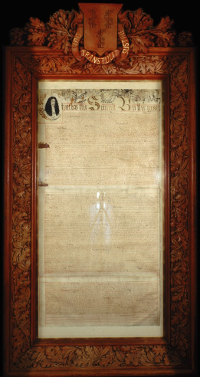 Thanks largely to the efforts of Connecticut Colony Gov. John Winthrop, Jr.,
Thanks largely to the efforts of Connecticut Colony Gov. John Winthrop, Jr., 